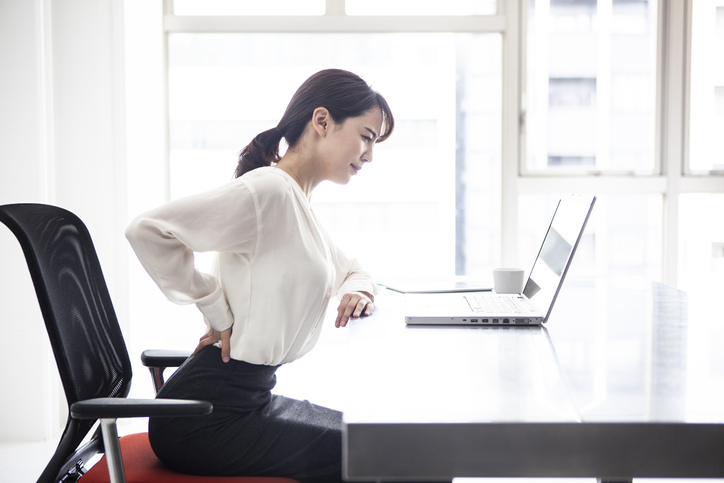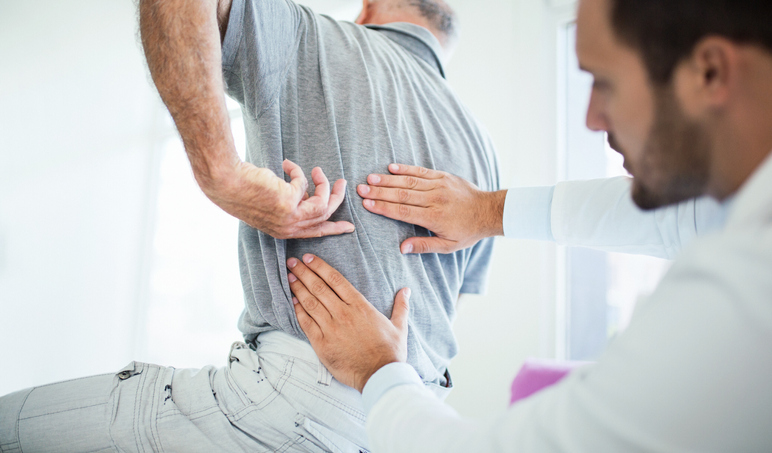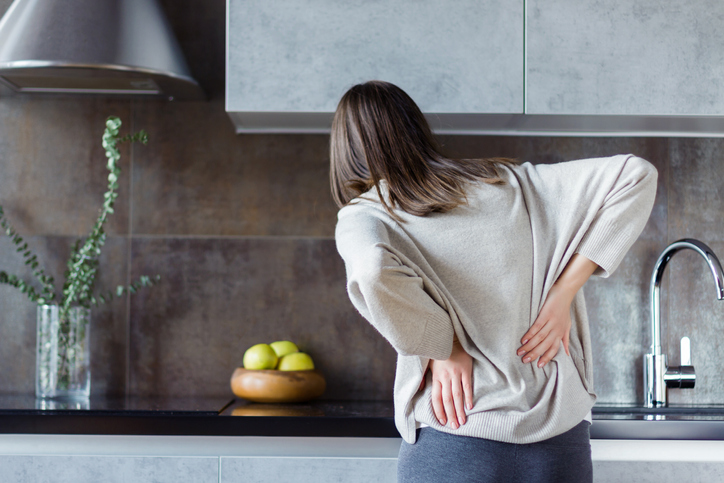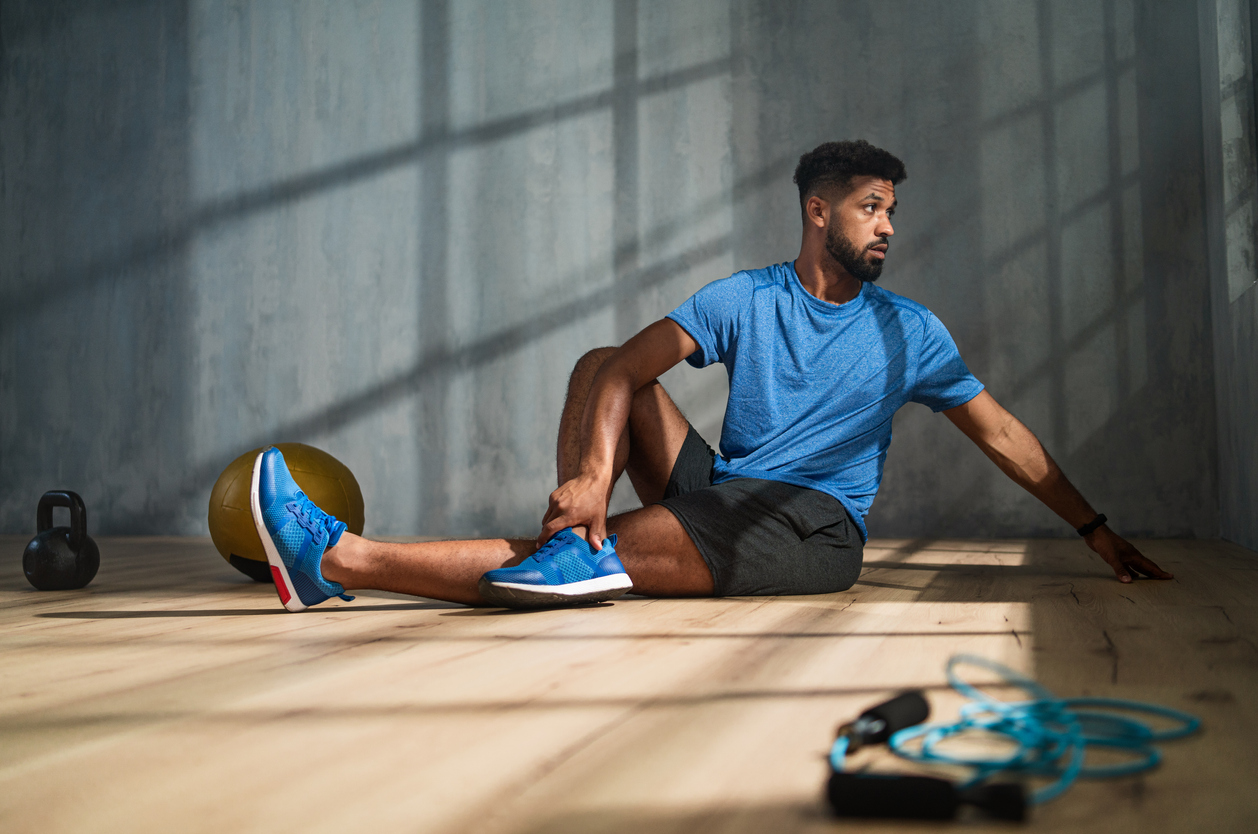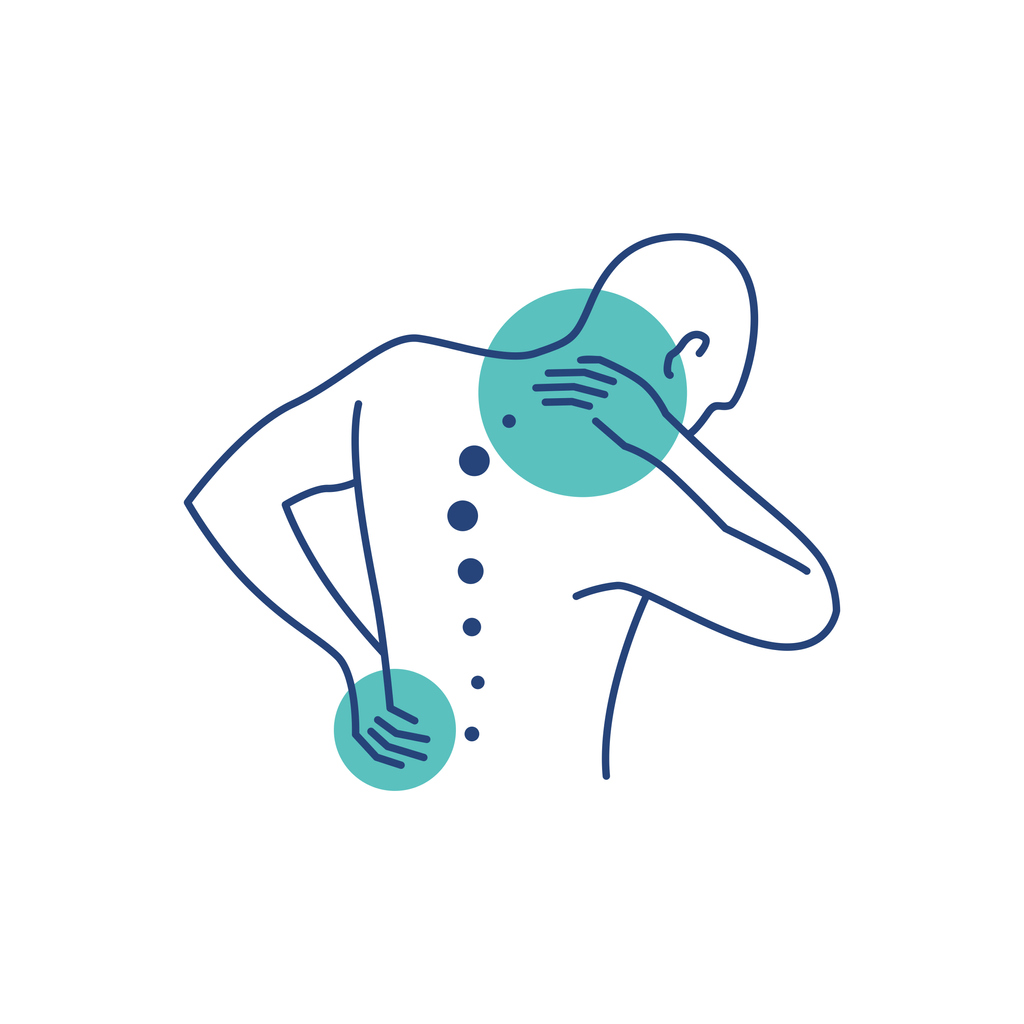Pain
Treatments for a Thrown-Out Back

What is a “thrown-out” back?
A “thrown-out” back is an expression often used for acute back pain. It typically means a sudden onset of lower back pain. Although it occurs more frequently in the elderly population, it can happen at any age and due to any reason. The back pain is regularly described as sharp or stabbing. It can be caused due to various reasons, such as shoveling, heavy lifting, gardening, or simply sneezing. Lifting with the back instead of the legs can also result in a ligament tear or stretch.
Treatments for a “thrown-out” back
Rest is the first line of treatment for an injured back. However, bed rest should be limited to a few days, since extended bed rest can be ineffective at best and may even worsen back pain or cause other health issues. By resting the back, pressure is taken off the nerves. Other treatments include, but are not limited to, the following:
- Temperature therapy involves the use of heat or cold to reduce pain. Heat therapy relaxes stiff joints and muscles; whereas, cold therapy numbs acute pain and reduces inflammation. Cold is used to decrease blood flow to a targeted area, which can reduce swelling, particularly around a joint or tendon. Heat increases the temperature of the targeted area, improving circulation and blood flow. Switching between heat and cold therapy can help reduce back pain.
- Nonsteroidal anti-inflammatory drugs (NSAIDs) help reduce inflammation and pain. Ibuprofen and naproxen can be purchased over-the-counter; however, a higher strength can be prescribed. Topical NSAIDs are also beneficial. Caution should be implemented, as long-term use can lead to ulcers, stomach bleeding, liver damage, and increased risk of heart attack.
- Support can be provided with pillows or a rolled up towel placed behind the lower back while sitting. The additional support takes pressure off the back. Sleeping with a lumbar pillow behind the back or a pillow between the knees reduces stress placed on the lower back. Sleeping on the stomach can worsen back pain.
- Physical therapy can provide exercises that strengthen the back muscles. A physical therapist may also massage the injured area and provide other techniques to strengthen the muscle. Stretching the back can relieve pain and restore motion. Low-impact physical activity is also beneficial. Strong core muscles in the abdomen and back improve posture and support the spine, reducing pressure on the discs and joints.
- Acupuncture is part of Traditional Chinese Medicine and began around 2,500 years ago. In Traditional Chinese Medicine, there are about 2000 points on the body that connect to meridians, or pathways, and from these points flow qi, or energy. If the qi is blocked, it can cause an individual to be physically unwell and/or in pain. The objective of traditional acupuncture is to restore a person’s qi, healthy energy. This is done by inserting tiny, fine needles along points on the body that connect to the meridians of the part of the body which is injured or hurt. The stimulation of these points corrects the imbalance of qi and improves energy flow.


